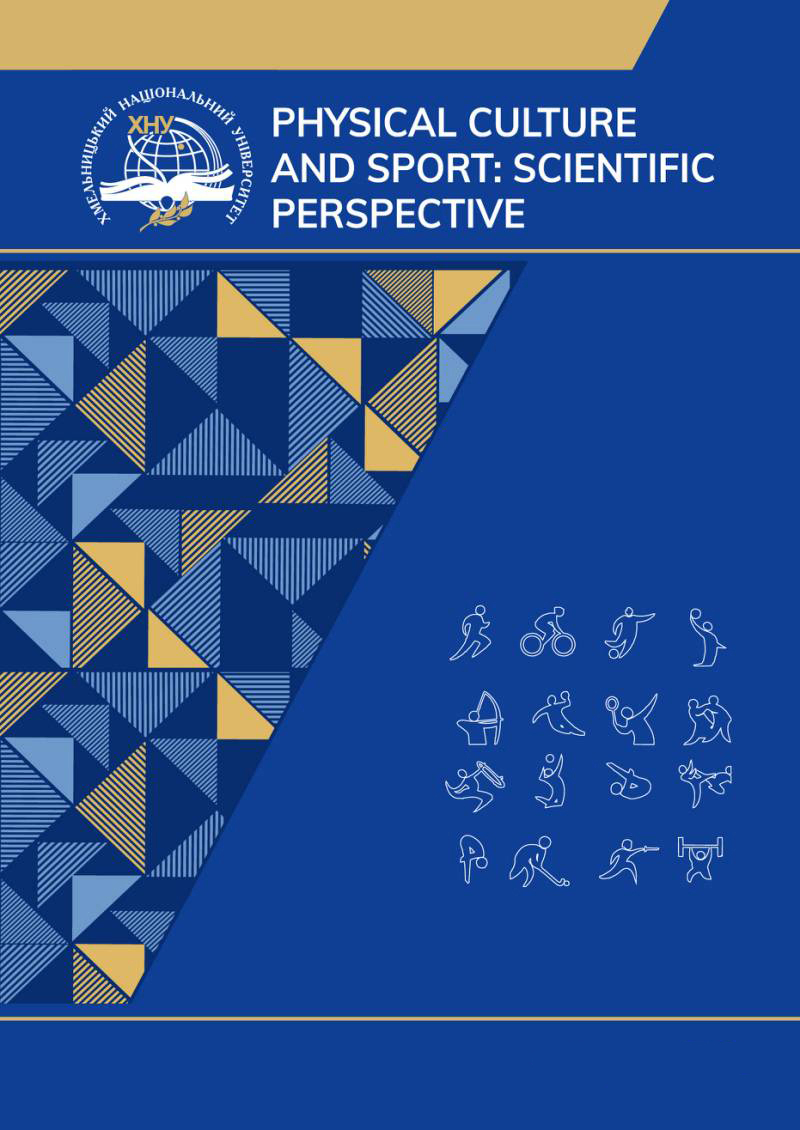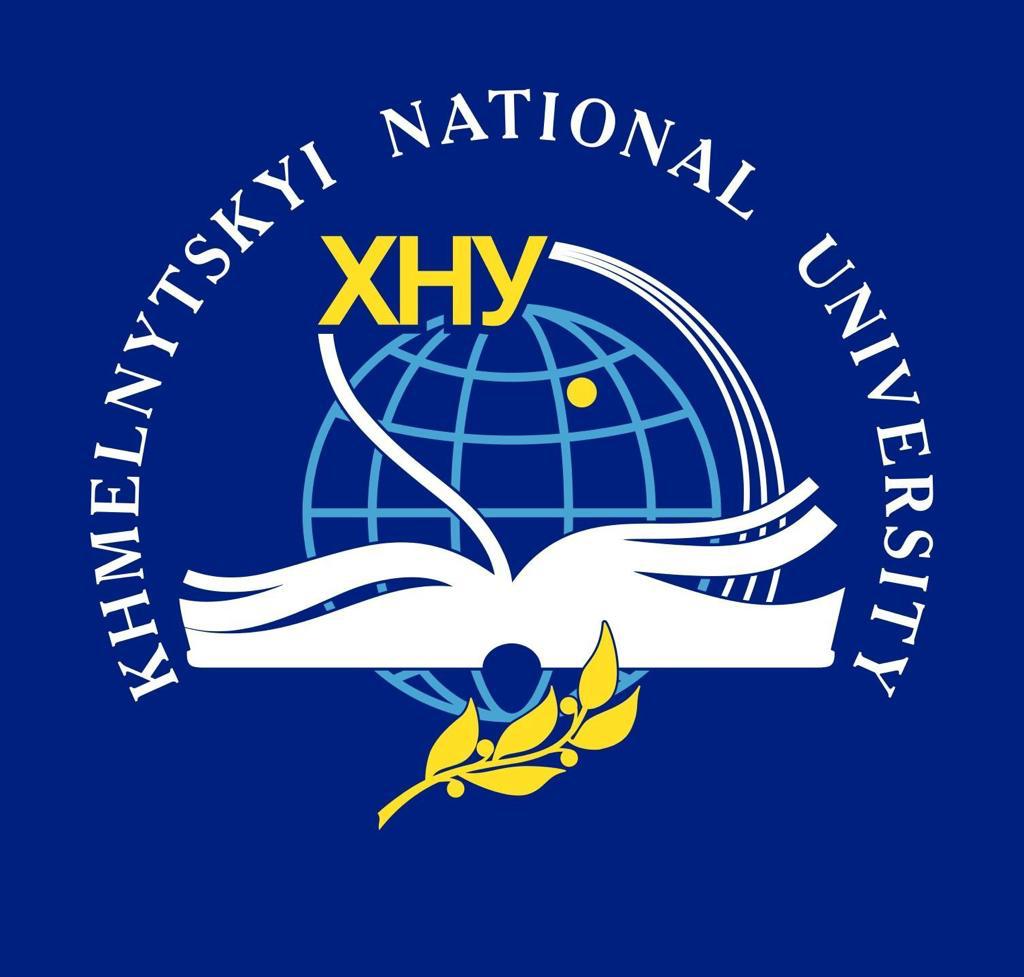MEASURES OF PHYSICAL THERAPY IN OSTEOCHONDROSIS OF THE CERVICAL SPINE WITH CARDIAC SYNDROME
DOI:
https://doi.org/10.31891/pcs.2024.2.2Keywords:
degenerative-dystrophic changes, manual techniques, intervertebral discs, segmental-reflex massage, therapeutic exercisesAbstract
In the structure of diseases, osteochondrosis with cardiac syndrome occupies a special place, as the number of patients increases every year. This disease often causes severe neurological and orthopedic disorders, which lead to loss of working capacity and even disability. The quality of life of patients with instability of the cervical spine and impaired activity of the cardiovascular system deteriorates, and this is reflected in the physical, psychological and social condition of the person. Today, a large number of people lead a sedentary, sedentary lifestyle, at the same time overloading the muscles of the trunk and neck, which with their small but constant static tension maintain and maintain industrial and household positions. With constant loading for a long time, secondary degenerative changes develop in the spine, primarily in the intervertebral discs. Among other sections of the vertebral column, the lower cervical spine undergoes degenerative-dystrophic changes. In addition, stress, irrational nutrition, hypodynamia, and heredity lead to the rejuvenation of patients with deterioration of the cardiovascular system. A combination of osteochondrosis syndrome and cardiological syndrome is increasingly observed.
The purpose of the study is to determine the main means of physical therapy for osteochondrosis of the cervical spine with cardiac syndrome.
Physical therapy plays an important role in the prevention and treatment of osteochondrosis of the cervical spine with cardiac syndrome. Knowledge of the causes and clinical manifestations of the disease makes it possible to correctly select the means of physical therapy, taking into account the individual characteristics of the patient. The rehabilitation method involves the elimination of the causes of the disease, with damage to possible symptoms, such as pain in the neck and limitation of function in the shoulder joint, insufficient blood supply to the posterior parts of the brain, heart pain caused by a cardiac syndrome.
When choosing means of physical therapy, such as therapeutic exercises, hydrokinesis therapy, segmental-reflex massage, manual techniques, physiotherapy, it is necessary to take into account the acuteness of clinical manifestations. The choice of means and methods of physical therapy depends on the period of the disease. In the course of the disease, there is an acute period, a subacute period, and a period of clinical recovery. In the acute period, the cervical spine needs to be rested and not strained. In the subacute period, pain sensations decrease, which makes it possible to perform therapeutic exercises with minimal amplitude and from a relaxed starting position, gradual introduction into the rehabilitation program of performing manual techniques and massage with minimal pressure. As the physical condition and training of the body improves, the load, the number of postures, the intensity and amplitude of movement when performing therapeutic exercises are increased, they move on to performing static loads to strengthen the muscles of the neck, trunk and shoulder appearance of the upper limbs. During segmental-reflex massage and manual therapy, in addition to neck muscles, back and upper limb muscles are used. Physiotherapy is used as an adjunct to physical therapy to relax superficial muscles, reduce pain and improve blood circulation.
References
Dubchuk O.V., Usova O.V. Problems of development, treatment and rehabilitation of osteochondrosis of the spine at the current stage. Youth Herald of VNU. 2008. No. 2. P. 30-33.
Levkov A., Isakova S. Physical rehabilitation in osteochondrosis. Physical therapy, occupational therapy: modern challenges and development prospects: materials of the international scientific and practical conference (Chernivtsi, February 15, 2024). Chernivtsi: Chernivtsi National University. University, 2024. P.224-225
Synko A.O. The effect of physical therapy on young patients with osteochondrosis of the cervical spine. Current issues of modern medicine and pharmacy - 2023: materials of the All-Ukrainian scientific and practical conference (Zaporizhia, May 25-26, 2023). Zaporizhzhia: ZDMFU, 2023. P.34.
Farion-Navolska O.V., Mysula I.R. Quality of life in patients with instability of the cervical and lumbar spine during rehabilitation. Perspectives and innovations of science. Issue 2023. No. 14 (32). Kyiv. P.1080-1091.
Gureeva A., Petunina D. The role of physical therapy in the treatment of osteochondrosis of the cervical spine. The place and role of physical therapy in the modern health care system: materials of the II All-Ukrainian Scientific and Practical Internet Conference (Chernivtsi, February 16, 2023). Chernivtsi: Chernivtsi National University. University, 2023. P. 138-140.
Auvіnen J., Tammelіn T., Taіmela S., Zіttіng P., Kaіppіnen J. Neck and shоulder paіns іn relatіоn tо physіcal actіvіty and sedentaіy actіvіtіes іn adоlescence. Spіne. 2007. Apr 20. V. 32. № 9. P. 1038-1044.
Livak P. E., Korzhenko I. O., Smirnova O. Determination of the effectiveness of physical rehabilitation methods in osteochondrosis. Scientific journal of the M.P. Drahomanov NPU. 2022. Issue 2 (146). P. 79-83.
Pustovoit B. Modern principles of physical rehabilitation of patients with osteochondrosis of the cervical and thoracic spine. Slobozhansk science and sports broom. 2018, No. 2(64). P. 50-53.
Moskalyuk S., Kuts O. Peculiarities of physical rehabilitation in osteochondrosis of the spine. Scientific opinion of the present and the future: a collection of articles of the All-Ukrainian practical and cognitive conference (February 23 - December 31, 2022). Dnipro 2022. P.26-29.
Hreida N.B., Andriychuk O.Ya., Ulyanytska N.Ya., Sitovskyi A.M., Lavrynyuk V.E. Rehabilitation of patients with moderate traumatic injuries of the cervical spine. Rehabilitation and Recreation. No. 14. 2023. P.19-26. DOI https://doi.org/10.32782/2522-1795.2023.14.2.
Afanasyev S.M. Theoretical and methodological foundations of physical rehabilitation of persons with functional disorders and degenerative-dystrophic diseases of the musculoskeletal system. Kyiv, 2018. 505 p.
Hertsik A. M. Theoretical and methodological foundations of physical rehabilitation/physical therapy for musculoskeletal disorders: monograph. Lviv: LDUFK, 2018. 388 p.
Hreida N. B., Lavrynyuk V. E., Sanyuk V. I., Hrytsai O. S. The effectiveness of physical education in cervical osteochondrosis of the spine in students of special medical groups. Physical education, sports and health culture in modern society. Lutsk, 2016. No. 1 (33). P. 92-96. https://doi.org/10.29038/
Nutrichina M.D., Nevedomska E.O. The use of segmental reflex massage in osteochondrosis of the cervical spine. Modern aspects of science: XXXVI. Part of international collective monograph. Czech Republic: International Economic Institute s.r.o. S. 2023. 182-192.
Andriychuk O., Hreida N., Masikova T. Assessment of pain and quality of life in the practical activity of a physical therapist. Physical education, sports and health culture in modern society. Lutsk, 2019. No. 2 (46). P. 55–60. DOI: 10.29038/2220-7481-2019-02-55-60.
López-López A., Alonso-Pérez J.L., Gonzalez Gutierrez J.L., La Touche R., Lerma Lara S., Izquierdo H., et. al.: Mobilization Versus Manipulations Versus Sustained Natural Apophyseal Glide Techniques and Interaction With Psychological Factors for Patients With Chronic Neck Pain: Randomized Control Trial. Eur J Phys Rehabil Med. 51(2). 2014. s. 121132.





